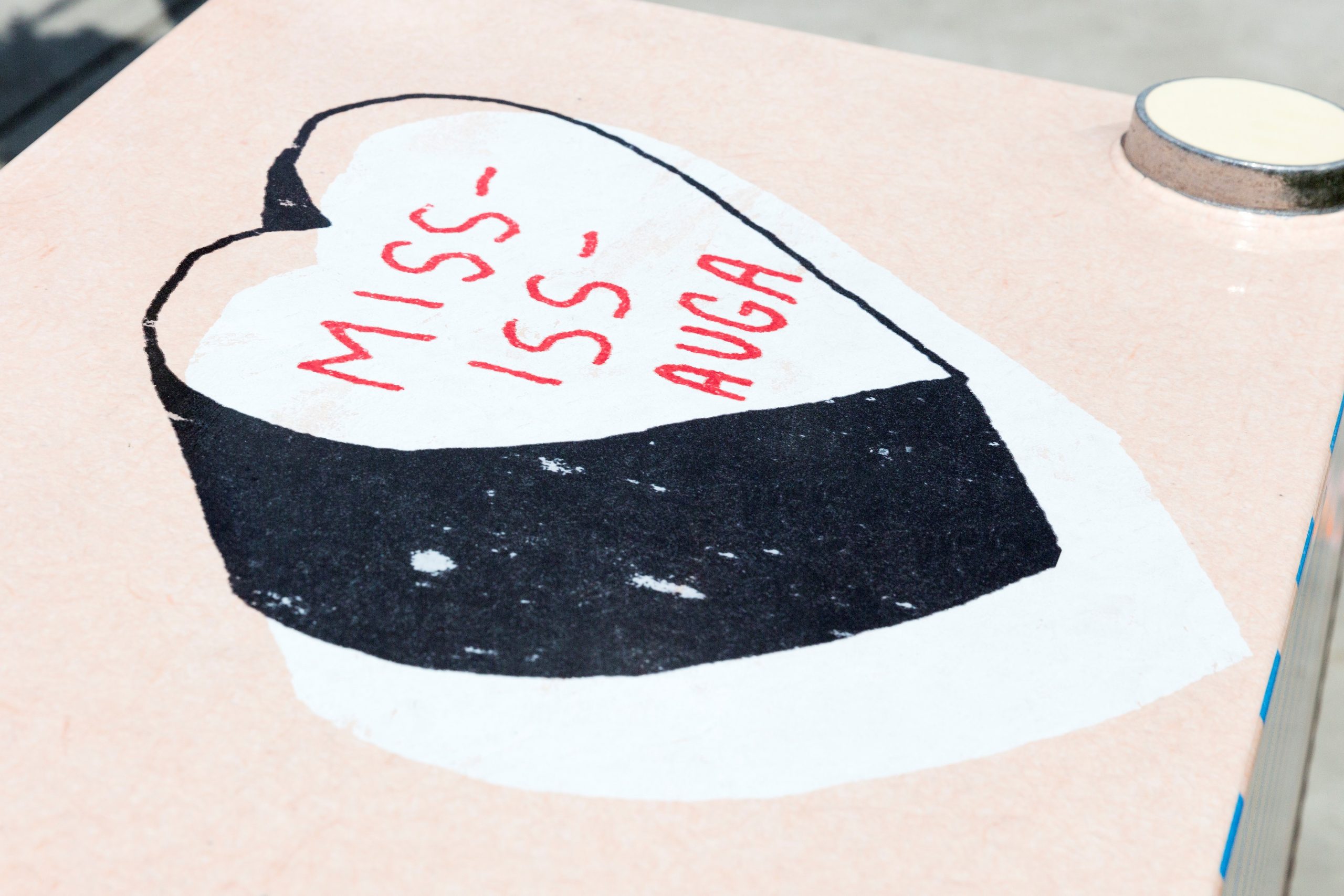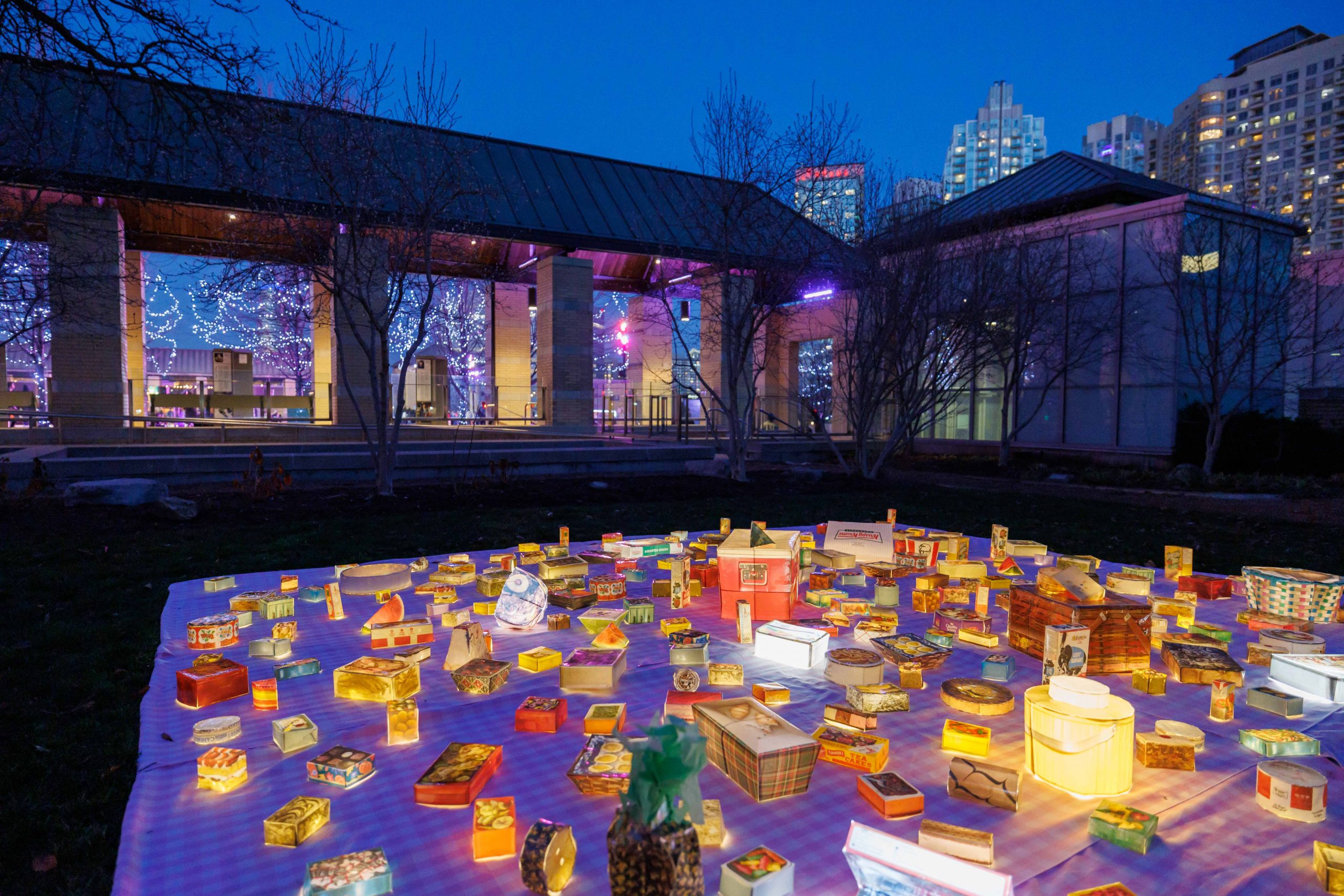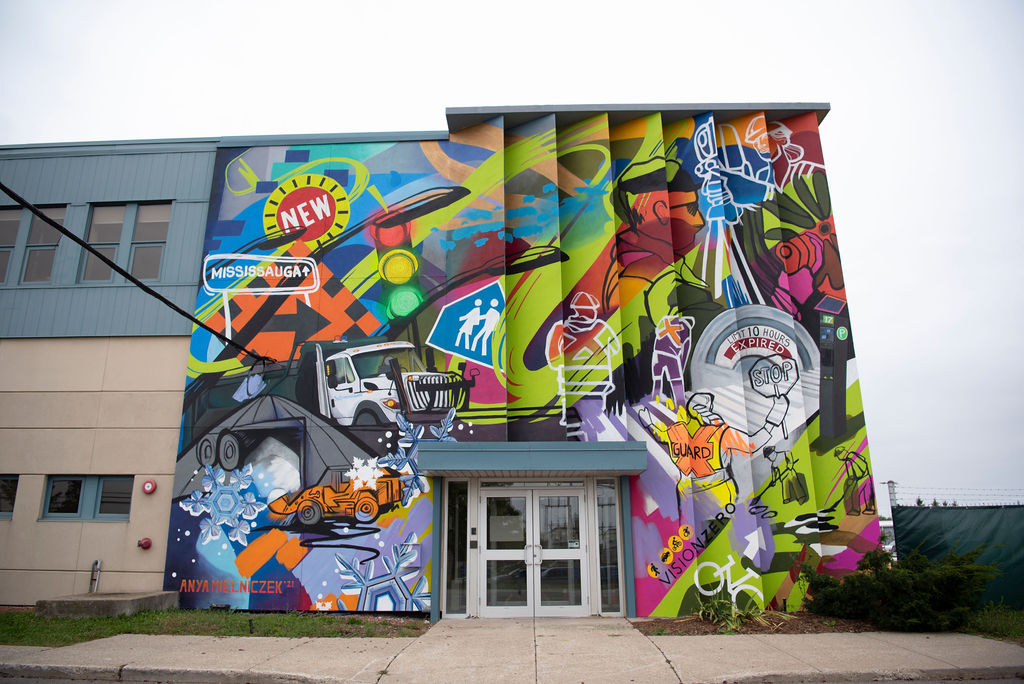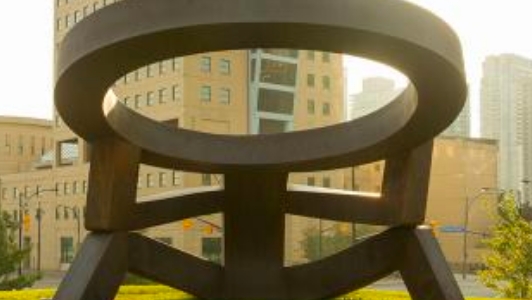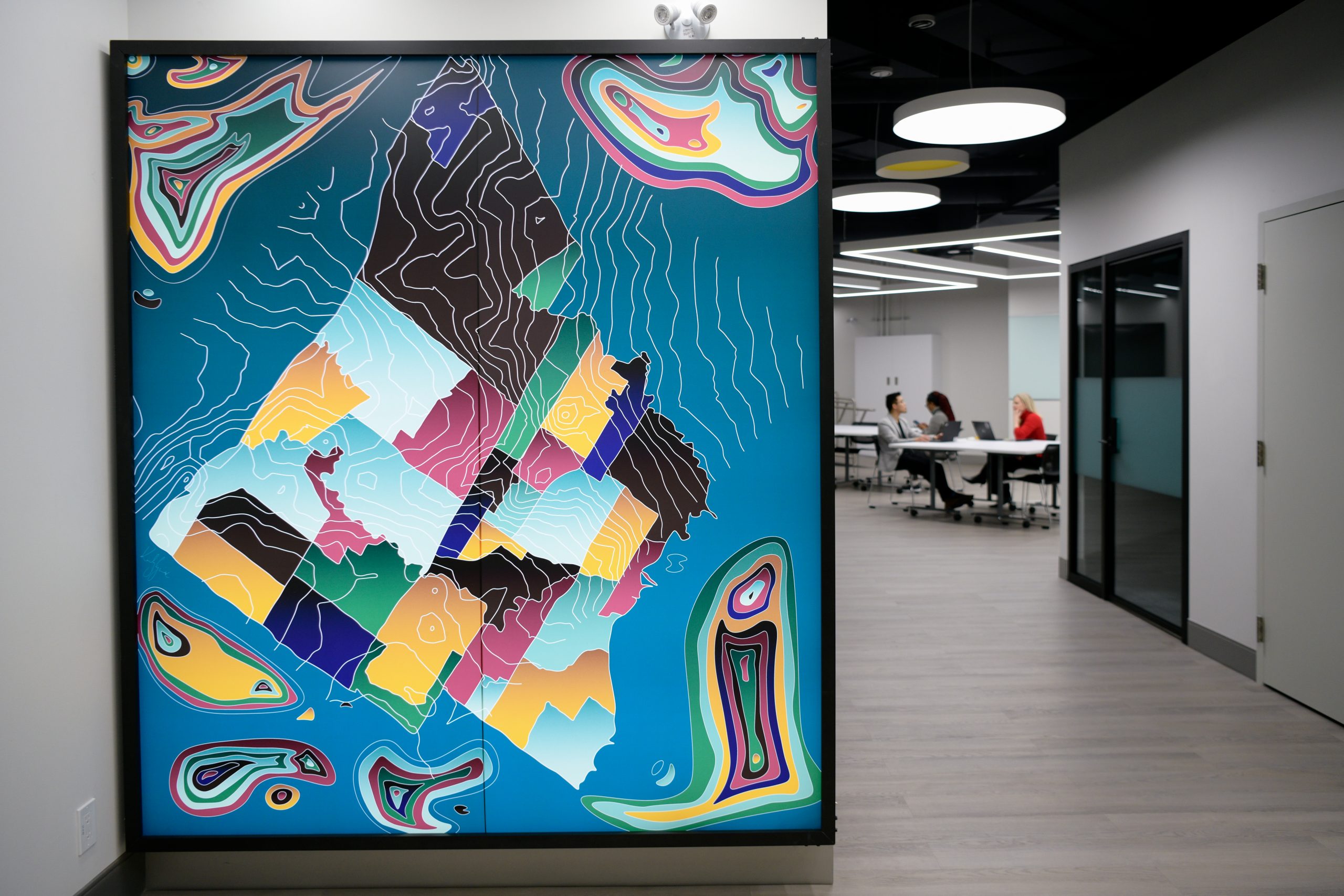Public art
The City’s public art program contributes to the unique identity of Mississauga. As part of the Public Art Master Plan, this program helps create vibrant public spaces and streetscapes.
Through a formal selection process, the City commissions professional artists to create visual art that’s thought-provoking, progressive and accessible.
Our collection
View the City’s collection of digital, permanent and temporary public art. Explore the public art map to take a self-guided tour around Mississauga.
Contact us
For more information, email public.art@mississauga.ca.
